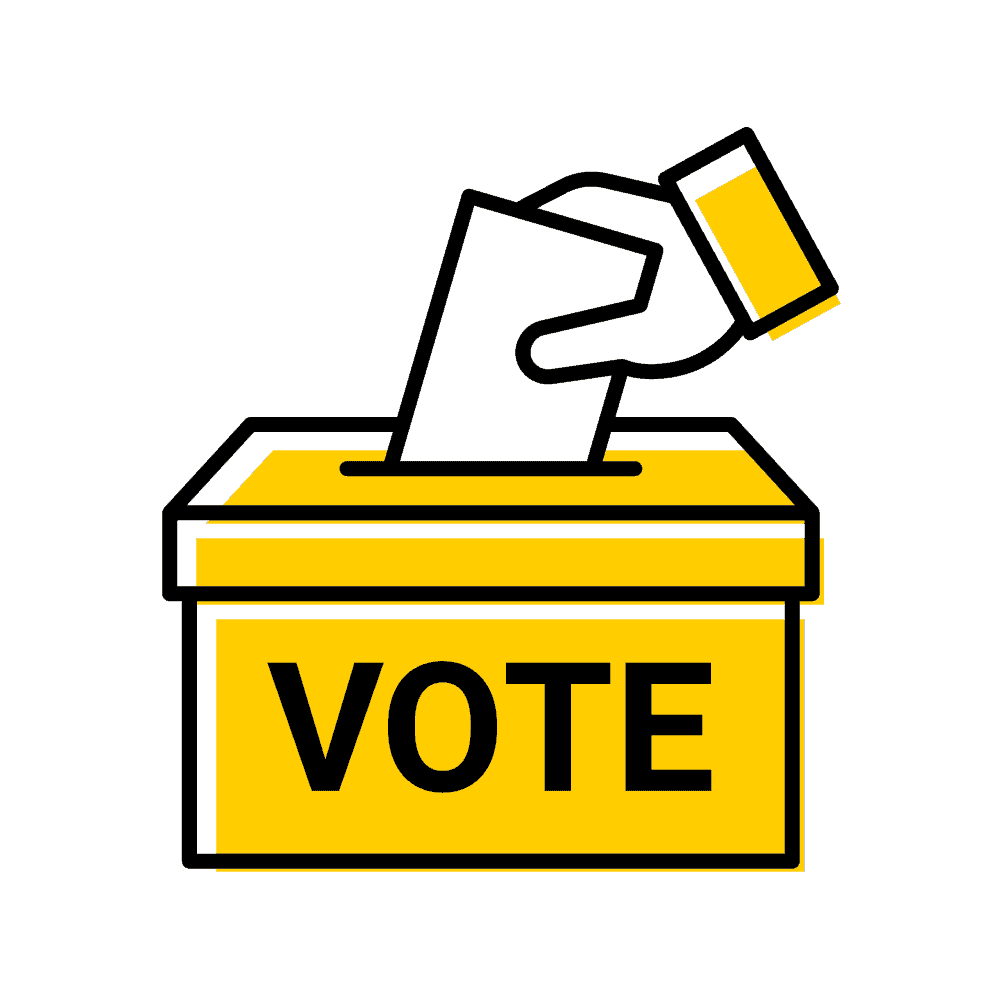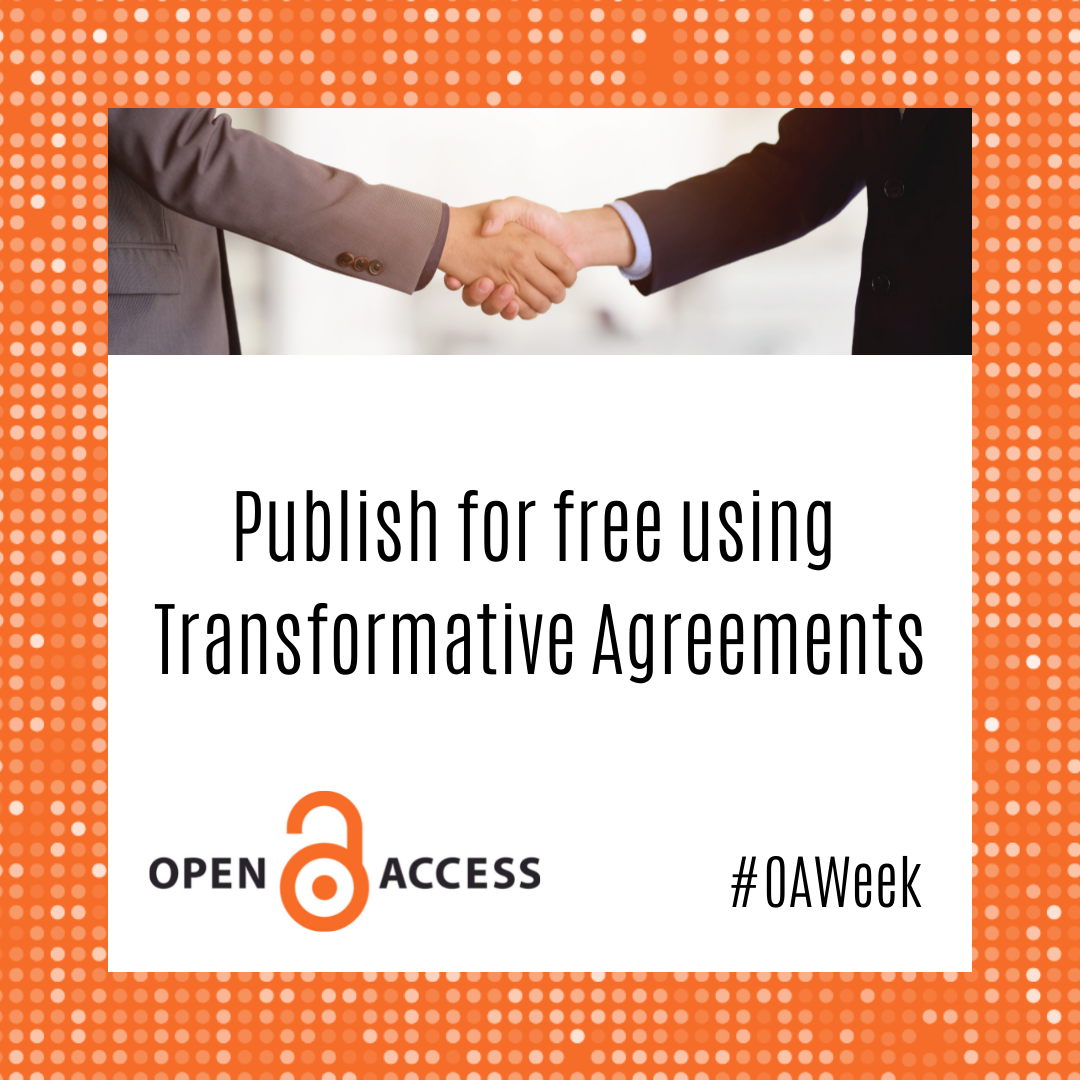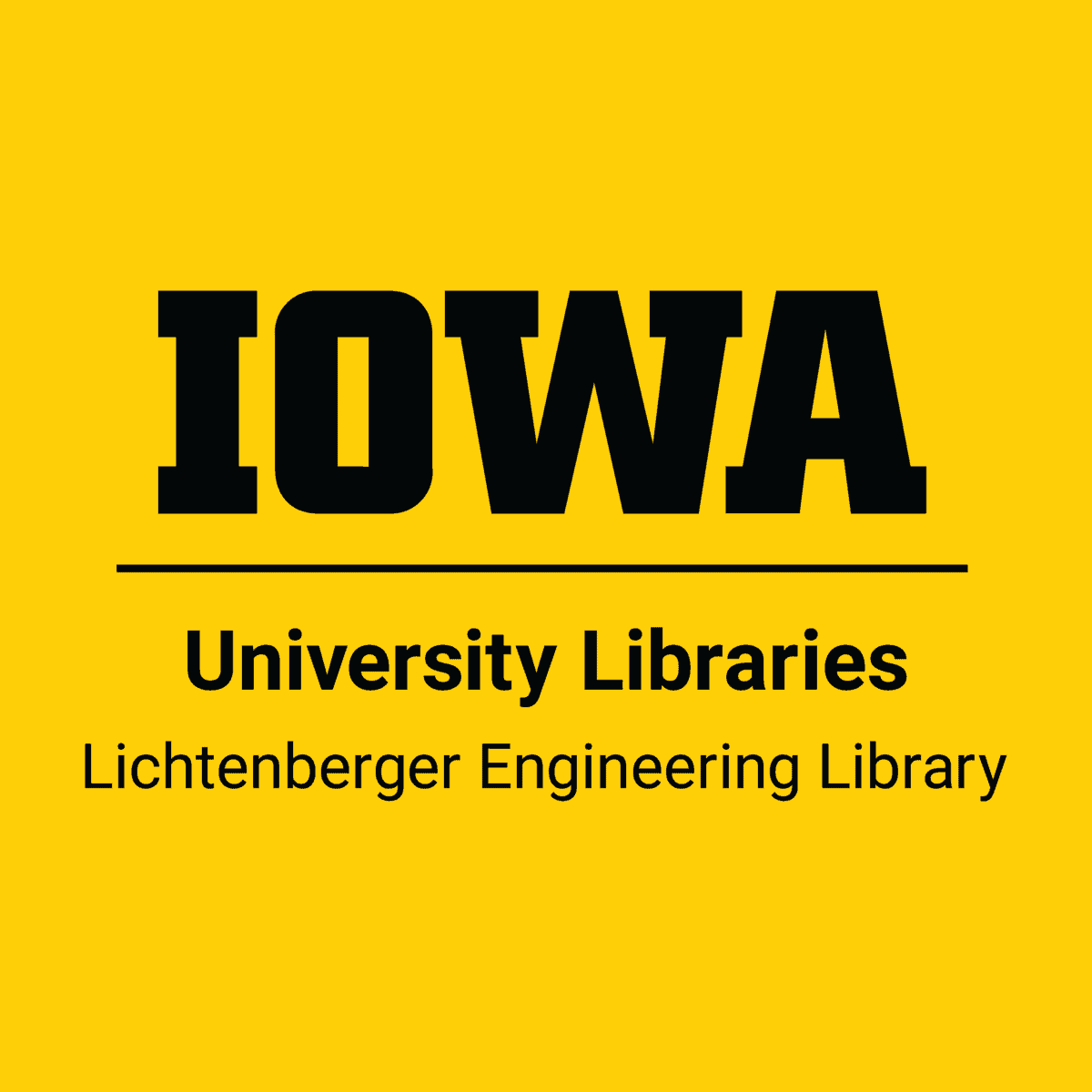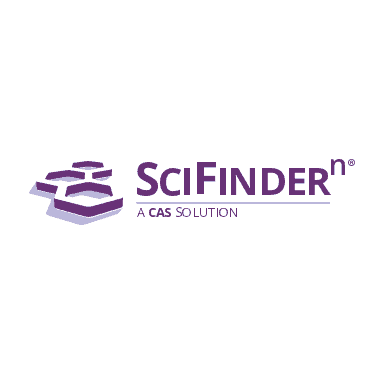Every four years, the Gregorian calendar gives us an interesting phenomenon called a “leap year.” The result? Countries that follow the Gregorian calendar end up with an extra day on the calendar: Feb. 29. So why does this chronological quirk hit every four years? It actually takes Earth 365.242190 days to orbit the sun, leavingContinue reading “No time wasted: What is Leap Day, anyway?”
Author Archives: Kari Kozak
Vote for People’s Choice in Capture Your Research Competition!
Vote for your favorite entry in our Capture Your Research: Image Competition! The submissions will be awarded to the 1st, 2nd, and 3rd prize in each of the categories for undergraduate, graduate student, or faculty/staff/researcher based on a panel of judges. But, there is also a 4th category that is called People’s Choice. Who winsContinue reading “Vote for People’s Choice in Capture Your Research Competition!”
Library to Help You Publish for FREE in Open Access
UI corresponding authors can now publish their journal articles Open Access and free of cost to them with 8 different publishers! The University Libraries have entered into “transformative agreements” covering the cost if you want your article to be open access. American Chemical Society(ACS): UI corresponding authors can publish open access in any ACS journals without a fee. Under thisContinue reading “Library to Help You Publish for FREE in Open Access”
Diversity, Equity, and Inclusion: Antiracism Resources
Antiracism is more than simply not being racist. This list is intended to provide general information about anti-oppression, racism, privilege, and inclusion, especially in terms of higher education in the STEM fields as well as information and resources for the social justice issues key to current dialogues within the University of Iowa community and beyond. This listContinue reading “Diversity, Equity, and Inclusion: Antiracism Resources”
SciFinder is being upgraded to SciFinder-n
Welcome to the new generation of Scifinder: SciFindern! It is also written as SciFinder-n. Registration is required before the first use. If you have already registered for SciFinder, your username and password will work for either one. Register for a SciFinder Account Also, the registration for academic IDs remains the same and users should use the existingContinue reading “SciFinder is being upgraded to SciFinder-n”
1st Two Way Phone Conversation
In this day in 1876, Alexander Bell demonstrated the first two way telephone conversation over outdoor wires. (October 9, 1876) Timeline of the Telephone: 1667: Robert Hooke created an acoustic string telephone that convey sound over a taut extended wire by mechanical vibrations. 1849: Antonio Meucci demonstrated a communicating device, it is disputed whether or notContinue reading “1st Two Way Phone Conversation”
Celebrate Banned Books!
Hundreds of books have been either removed or challenged in schools and libraries in the United States every year. According to the American Library Association (ALA), there were at least 464 in 2012. ALA estimates that 70 to 80 percent are never reported. To celebrate, here are some books of interest in Engineering and Science that haveContinue reading “Celebrate Banned Books!”
New Group Study Rooms
The Lichtenberger Engineering Library now has 2 group study rooms! Pod 1 Media:Scape System: Large Television allowing for up to 6 laptops to be connected at a time for easy collaboration. Whiteboard Wall Pod 2 Table with 4 chairs Whiteboard Wall Reservation Policies 2-2-2 RULES Group spaces in the Lichtenberger Engineering Library may be reservedContinue reading “New Group Study Rooms”
Happenings in the Engineering Library
The Lichtenberger Engineering Library has made a lot of changes over the summer! Check to see what we’ve all been up to: 1. New Tools 2. New Study Rooms 3. WISE Collection 4. Library Xpress Classes 5. New Resources (Engineering Case Studies Online, Standards, Synthesis Lectures, New DVDs) 6. Refworks Discontinued 7. Course ReservesContinue reading “Happenings in the Engineering Library”
Online Videos of Engineering Failures Now Available!
The Lichtenberger Engineering Library has a new database for streaming videos! This database is called Engineering Case Studies Online (http://purl.lib.uiowa.edu/EnginCaseStud) Engineering Case Studies Online is a multi-media database chronicling the field’s most noteworthy failures, such as the Chernobyl Disaster, Ford Pinto Controversy, Apollo 13 and more. Designed to meet classroom and research needs acrossContinue reading “Online Videos of Engineering Failures Now Available!”



